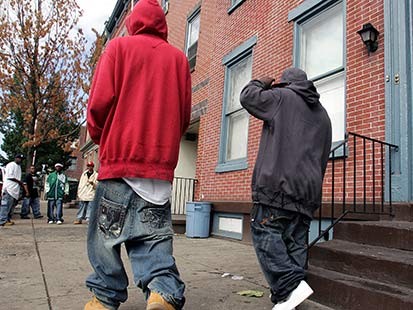I was a street cop in Ft Worth, Texas working primarily in the inner city in the early to mid 80's before being hired by the US Border Patrol. Before all that I was an MP in the Army. I have been doing this since 1979 in some very dangerous places. I have seen more than a few.....
But then I also have friends that I trust in the business, homicide detectives, etc so I don't just rely on MY anecdotal evidence to form an opinion.
In the mid 80's pawn shops sold wadcutters by singles for $2 each, the most common street gun I ran into for a while was an RG 38 special.
But then I also have friends that I trust in the business, homicide detectives, etc so I don't just rely on MY anecdotal evidence to form an opinion.
In the mid 80's pawn shops sold wadcutters by singles for $2 each, the most common street gun I ran into for a while was an RG 38 special.


